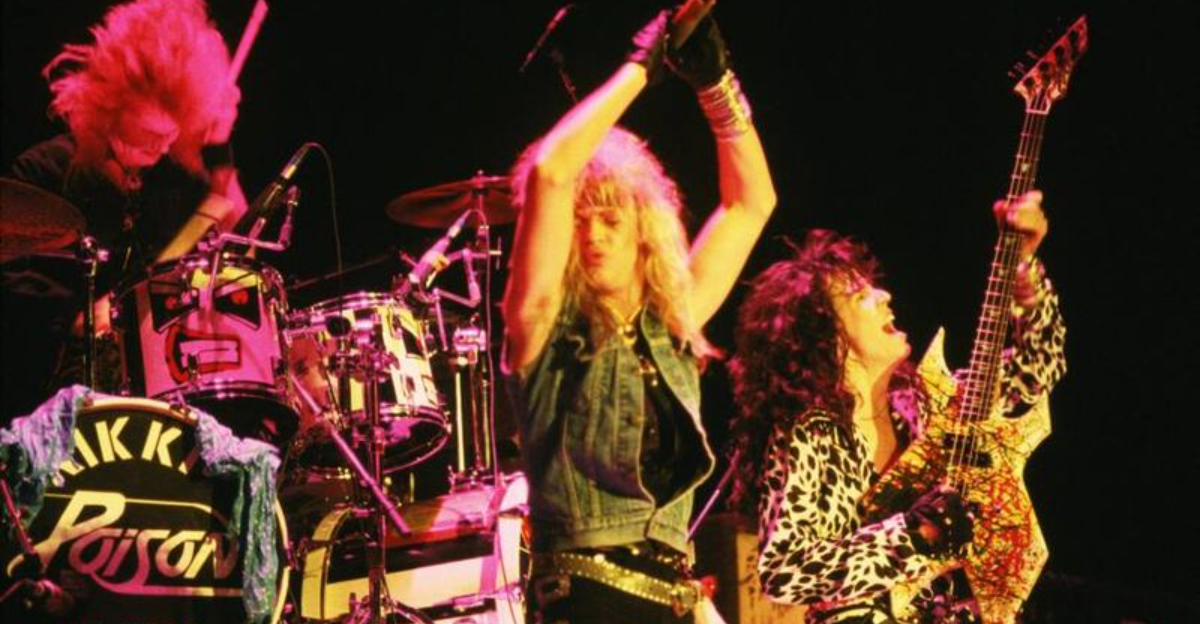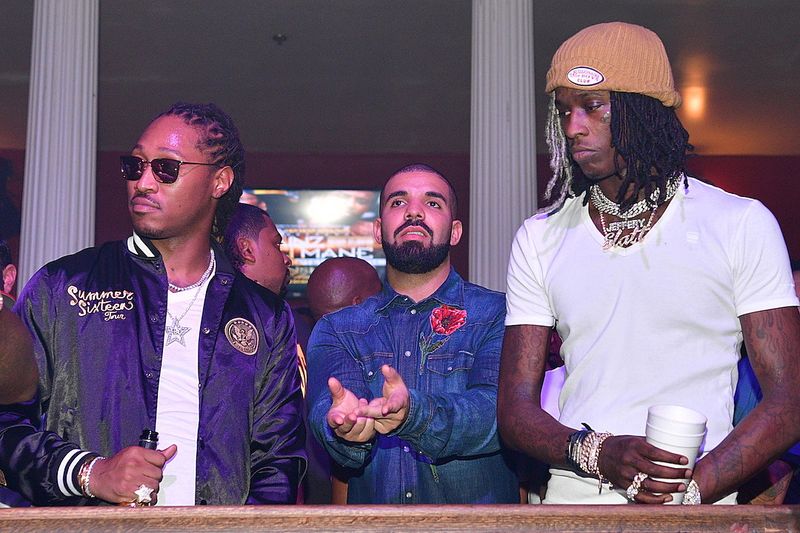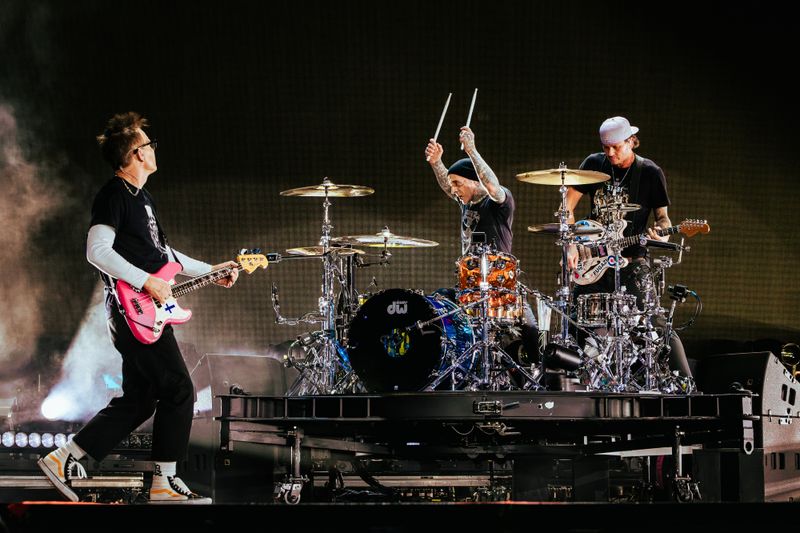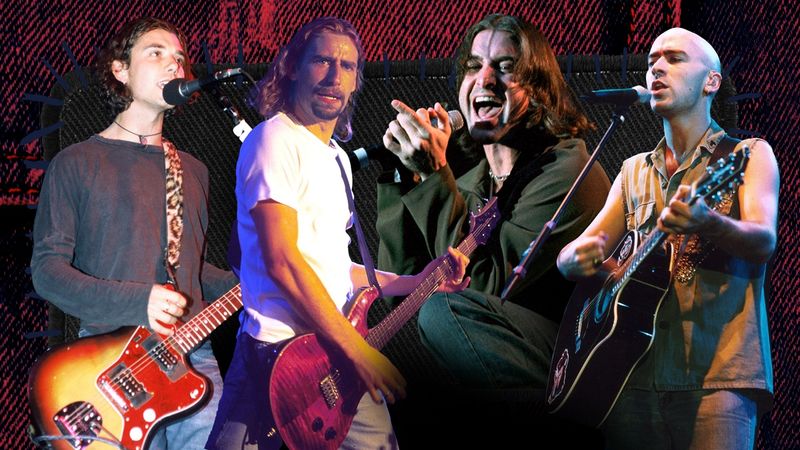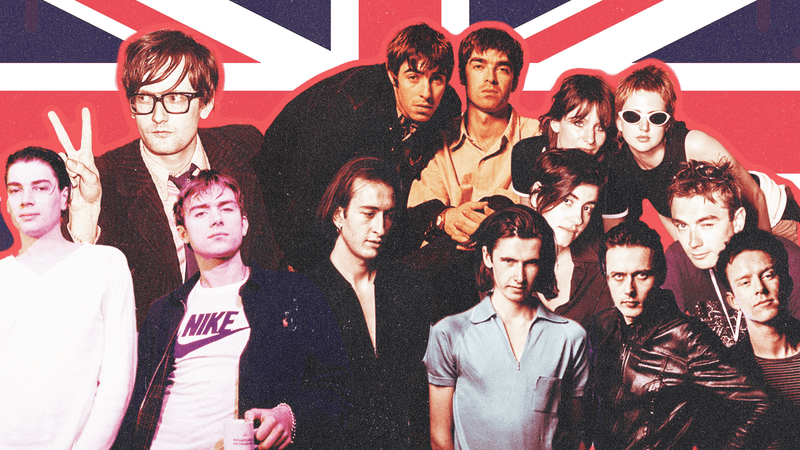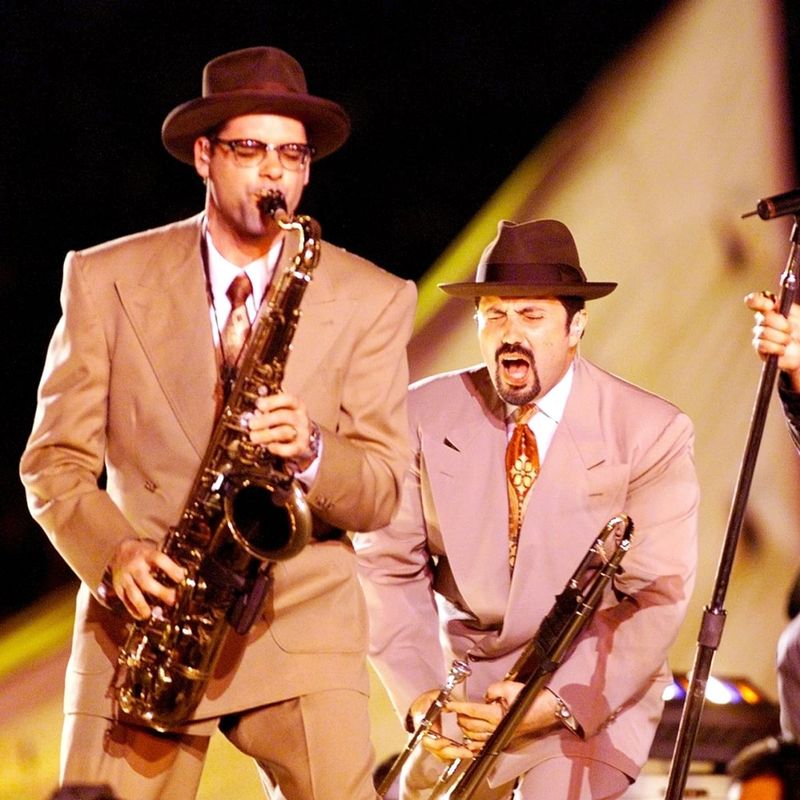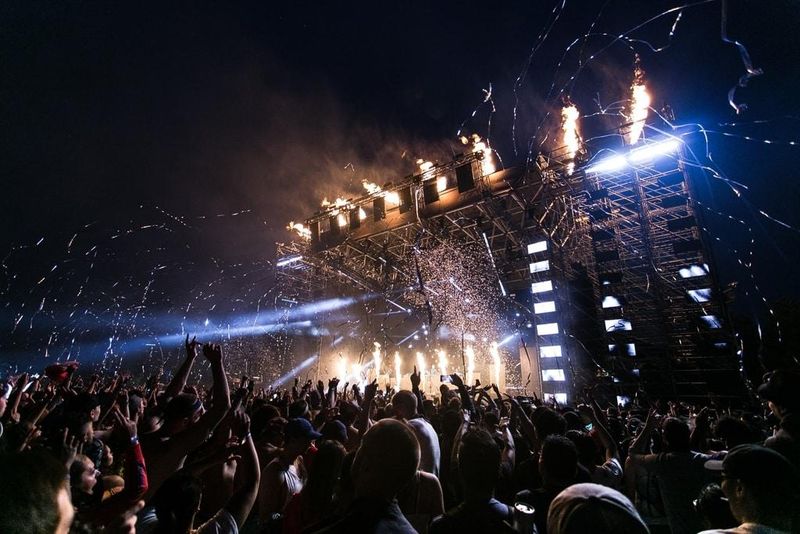From disco balls to auto-tuned anthems, every generation swears their music was the best. But let’s be honest—not every era lives up to the hype. Some were style over substance, some were dominated by trends we now cringe at, and others just got more credit than they deserved. Here are the 10 most overrated eras in music history—and wait until you hit #5.
1. The Mid-2010s Trap Pop Boom (2013–2017)
During the mid-2010s, trap-pop emerged as a dominant force in the music scene. Artists leaned heavily on repetitive beats and atmospheric synths, crafting songs that blurred together. Mumble rappers ruled the charts, each sounding like another, creating a sense of monotony. Critics hailed this era as innovative, yet hindsight reveals a lack of musical variety.
What seemed dynamic at the time was often overproduced and lacking substance. Despite the catchy tunes, this era left a minimal lasting impression on the music world. The superficiality of the music overshadowed any true innovation.
2. The Late ’70s Disco Explosion (1977–1979)
Disco fever swept across dancefloors in the late ’70s, characterized by glittering attire and infectious beats. While undeniably fun, its reign was short-lived. With an emphasis on style over depth, the era left behind shallow lyrics and flashy productions.
The public’s enthusiasm faded quickly, leading to events like the infamous disco demolition nights. Despite its initial appeal, the disco explosion ultimately lacked substance, leaving behind a legacy of fleeting trends.
The era’s obsession with glamour couldn’t sustain long-term success, proving not all that glitters is gold in music.
3. The Early 2000s Pop-Punk Wave (2000–2005)
The early 2000s witnessed a surge of pop-punk bands capturing teen angst with catchy hooks and rebellious themes. Bands like Blink-182 and Good Charlotte became soundtracks for suburban defiance. Yet, much of the music was formulaic and lacked genuine punk spirit.
The songs, often whiny, provided an outlet for youthful frustration but were more commercial than authentic. While they resonated with a generation, their lasting impact was limited. The era’s attempts at rebellion were more mall-friendly than revolutionary, leaving behind an echo of what could have been true punk.
4. The Grunge Hangover Years (1996–2000)
Following the early ’90s grunge revolution, the late ’90s experienced a grunge hangover. Emerging bands attempted to replicate the raw sound of their predecessors but fell short. Acts like Creed and Puddle of Mudd transformed genuine emotion into radio-friendly angst.
The gritty authenticity of original grunge was diluted, leaving an era of musical impersonation. The attempts at capturing Seattle’s iconic sound often ended up as pale imitations, lacking the depth and sincerity that defined the genre.
The hangover years left a lingering sense of missed potential and watered-down angst.
5. The ’80s Hair Metal Craze (1984–1989)
The ’80s hair metal era was a spectacle of big hair, flashy outfits, and extravagant guitar solos. Bands like Poison and Whitesnake dominated MTV with catchy tunes and over-the-top performances. However, the focus on style often overshadowed musical substance.
Lyrics ranged from controversial to nonsensical, failing to withstand the test of time. When grunge emerged, the glam metal bubble burst, revealing a genre built on glitter rather than grit.
Though entertaining, hair metal’s lack of depth became evident, leaving a trail of forgotten bands and a few memorable riffs.
6. The Early Auto-Tune Era (2005–2010)
Auto-Tune made waves in the music industry during the mid-2000s, initially as a novel vocal effect. T-Pain popularized it as an art form, but many artists soon followed, relying heavily on the technology. This led to music that often sounded more robotic than human.
The era marked a shift where raw vocal talent took a back seat to digital perfection. While some creative use emerged, the oversaturation of auto-tune left many songs feeling artificial.
The novelty soon wore off, and genuine vocal skills made a welcome return to the spotlight.
7. The Britpop Hype Machine (1994–1997)
Britpop emerged in the UK as a cultural phenomenon, with bands like Oasis and Blur leading the charge. The rivalry between these bands was as much tabloid fodder as it was musical. While they produced iconic singles, much of the era’s output was derivative.
The scene was marked by inflated egos and competition, overshadowing genuine artistry. Despite the hype, the Britpop legacy feels more nostalgic than significant, with only a few tracks standing the test of time.
The movement’s promise of a musical revolution ended up more of a fleeting moment in pop history.
8. The Swing Revival (1996–1999)
The swing revival of the late ’90s brought back zoot suits and vintage dance moves, briefly captivating audiences. Bands like Big Bad Voodoo Daddy rode the nostalgia wave, but the trend was more style than substance.
Despite energetic performances, the revival lacked staying power. It leaned heavily on past glories, failing to produce lasting hits or genuine innovation. Even popular culture nods, like in the movie ‘The Mask,’ couldn’t extend its life.
The revival’s brief moment in the spotlight faded, leaving behind memories of vibrant but ephemeral performances.
9. The EDM Peak Years (2010–2015)
EDM reached its zenith in the early 2010s, with festivals drawing massive crowds and DJs becoming global superstars. The formula of build, drop, and repeat dominated tracks, creating an exhilarating yet repetitive experience.
While talented DJs like Avicii emerged, the genre became saturated with copycat anthems that prioritized volume over creativity. Despite the genre’s explosive popularity, its over-reliance on a single formula stunted its evolution.
The EDM peak years left behind a legacy of high-energy but formulaic music, as the scene eventually sought new directions.
10. The Crooner Clone Era (1950–1954)
Before rock ‘n’ roll took over, the early ’50s saw airwaves filled with crooners, all aiming to be the next Sinatra. While smooth and charming, the era’s output was often indistinguishable, creating an ocean of similar-sounding ballads.
The appeal of suave singers in tailored suits wore thin, as the lack of variety became evident. Nostalgia can’t mask the era’s limited creativity and over-reliance on a proven formula.
The crooner era, though iconic, lacked the innovation needed for lasting impact, paving the way for the rock revolution to come.
